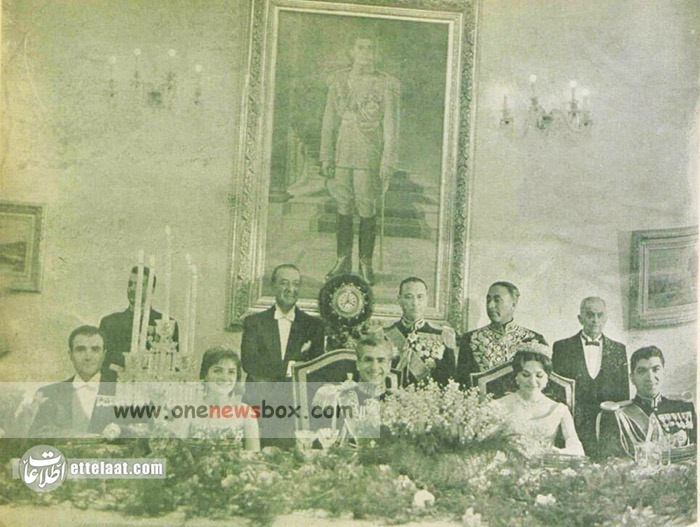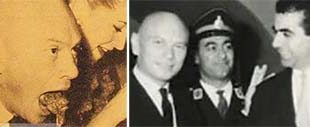When the monarchy was overthrown and the Shah went into exile, Farah and her children followed him, beginning a life in exile that would span several decades. Farah, who had once been the queen of a thriving, modernizing nation, was now a symbol of a bygone era. In the years following the revolution, Farah became a vocal advocate for the preservation of the legacy of the Pahlavi monarchy, focusing on the modernization efforts initiated by the Shah and the contributions of the monarchy to the advancement of women’s rights and education in Iran.
Her legacy, however, remains complex. As a young Queen, she was expected to uphold the traditional roles of wife and mother, but she also represented the modernizing ideals of her husband’s regime. Farah’s experience reveals the tension between personal desire and public duty, a tension that defined her life and the larger political and social changes in Iran.
Farah Diba’s marriage to Shah Mohammed Reza Pahlavi was marked by high expectations, both personal and political. As Queen of Iran, she was thrust into a role defined by the need to produce a male heir to secure the future of the Pahlavi dynasty. The birth of Crown Prince Reza in 1960 relieved much of the pressure on Farah and the royal family, but the demands of motherhood and political legitimacy never fully dissipated. Farah’s life was intertwined with the fate of the monarchy, and her story reflects the broader tensions between tradition and modernization, personal aspirations and political duty, that defined the Pahlavi era. Despite the eventual downfall of the monarchy, Farah’s legacy remains an important chapter in the history of modern Iran, a symbol of both the promises and the pitfalls of political power.

